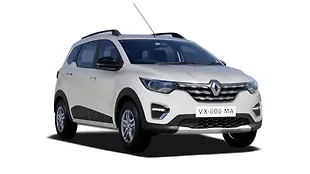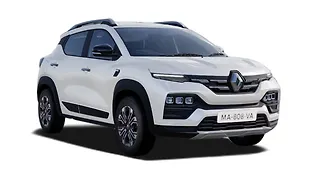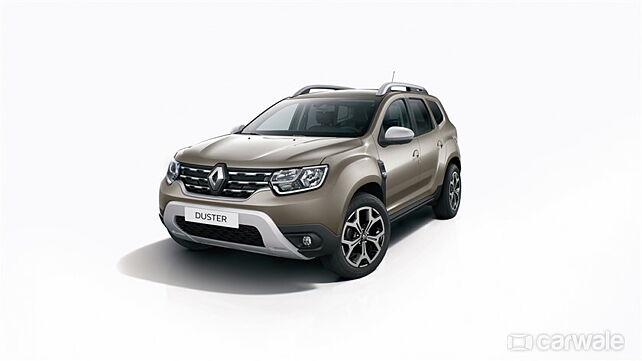
A few short months ago, Dacia unveiled the third generation of its Duster crossover with an evolutionary styling and features. Now, Renault has unveiled its version of the Duster and this is the car that will come to India, most probably sometime in 2018.

At first glance, it is easy to tell that the Duster in its third generation is an evolutionary design as the product has managed to create a niche for itself by literally following the philosophy-‘Why fix something if it isn’t broken’.
On the outside, you get the same funky design with the massively flared wheel arches and forward leaning high back silhouette. However, they have got rid of the vertical tail lamps and have now gone for rectangular units that look a bit disproportionate to the overall design. In addition to the flared wheel arches, you also get stacked design at the rear as well as contrast coloured bash plates in the front and rear. Eye-catching elements include the design of the wheels as well as the signature Renault grille.

The layout of the cabin too remains the same as the outgoing model, but there are quite a few new elements to bring the car into the new generation. The colour scheme is a full black setup with a new design for the air vents, instrument cluster and steering wheel. The higher spec variants now get chrome inserts, high quality plastics and reach/rake adjustment for the steering wheel. It has the same dimensions as the outgoing model which means that it measures the same both on the inside and outside. 
The engine options have been carried over from the current car. You get a 1.6-litre petrol/1.5-litre diesel and both can be had with manual and automatic gearbox options. In India, things are expected to remain the same, but here, the AMT option will be in play for the diesel models. Even the 4X4 option will continue for the same.
The Duster is an important vehicle for the French automaker in India as it is one of their recognised models and also one of the cars that generates volumes for the brand. There are expected to be some India specific touches like the touchscreen system and most likely the inclusion of rear AC vents that will be localized.
It will take on the likes of the Hyundai Creta in the SUV fold and C-segment sedans like the Honda City, Maruti Suzuki Ciaz, Hyundai Verna and the Nissan Sunny.


![Renault Duster [2019-2020] Image Renault Duster [2019-2020] Image](https://imgd.aeplcdn.com/272x153/cw/ec/32990/Renault-Duster-Right-Front-Three-Quarter-162115.jpg?wm=0&q=80)
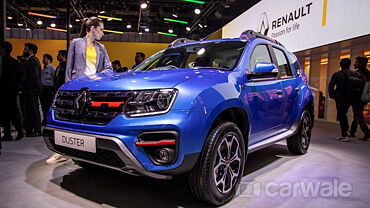










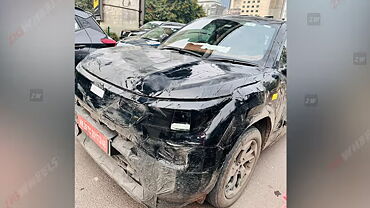
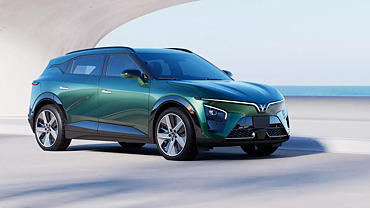
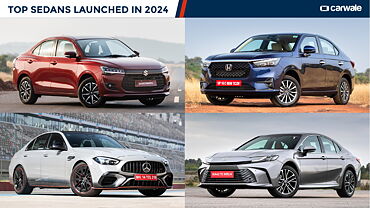
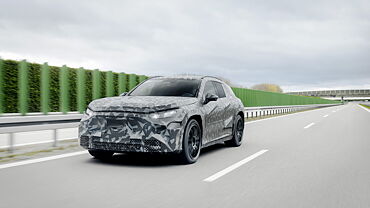
![Renault Duster [2019-2020] Right Front Three Quarter Renault Duster [2019-2020] Right Front Three Quarter](https://imgd.aeplcdn.com/199x112/cw/ec/32990/Renault-Duster-Right-Front-Three-Quarter-162115.jpg?wm=0&q=80)
![Renault Duster [2019-2020] Exterior Renault Duster [2019-2020] Exterior](https://imgd.aeplcdn.com/199x112/cw/ec/32990/Renault-New-Duster-Exterior-159932.jpg?v=20191306112250&q=80)
![Renault Duster [2019-2020] Exterior Renault Duster [2019-2020] Exterior](https://imgd.aeplcdn.com/199x112/cw/ec/32990/Renault-Duster-Exterior-162111.jpg?wm=0&q=80)
![Renault Duster [2019-2020] Steering Wheel Renault Duster [2019-2020] Steering Wheel](https://imgd.aeplcdn.com/199x112/cw/ec/32990/Renault-Duster-Steering-Wheel-162162.jpg?wm=0&q=80)
![Renault Duster [2019-2020] Interior Renault Duster [2019-2020] Interior](https://imgd.aeplcdn.com/468x263/cw/ec/32990/Renault-Duster-Interior-162113.jpg?wm=0&q=80)



























